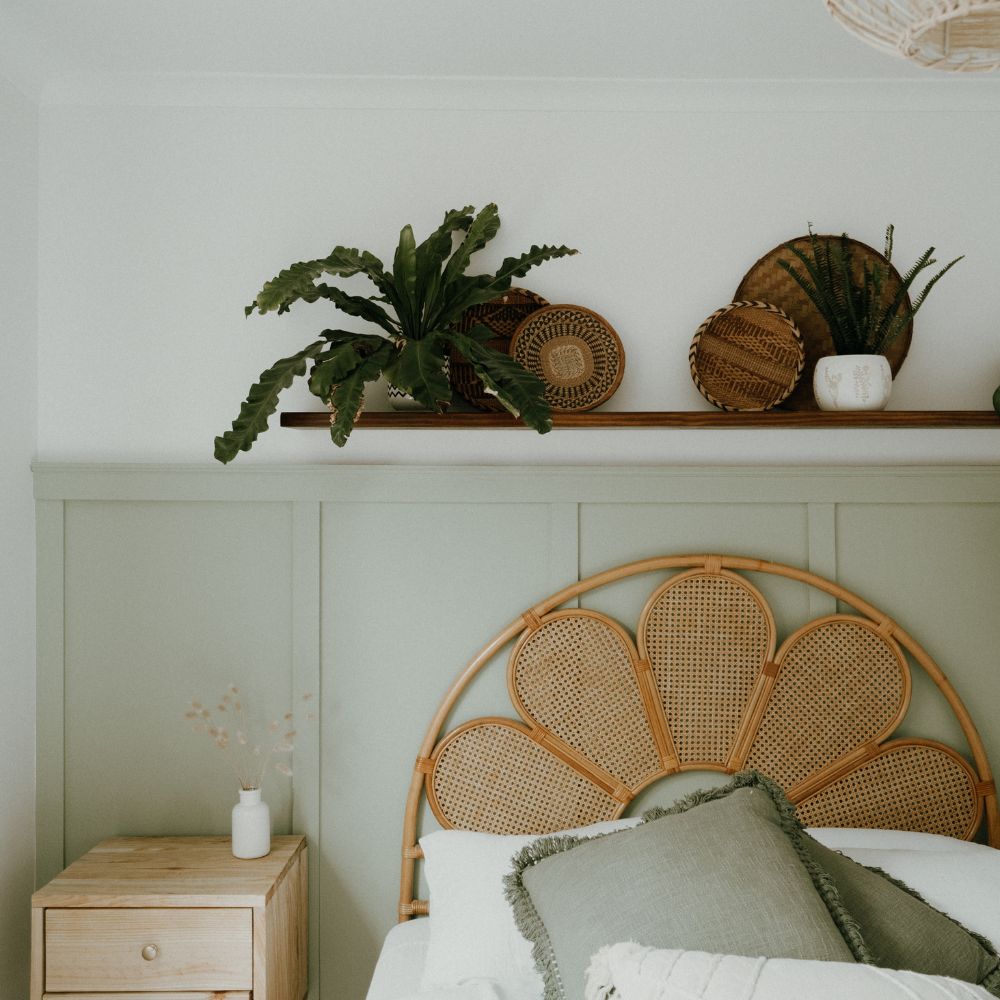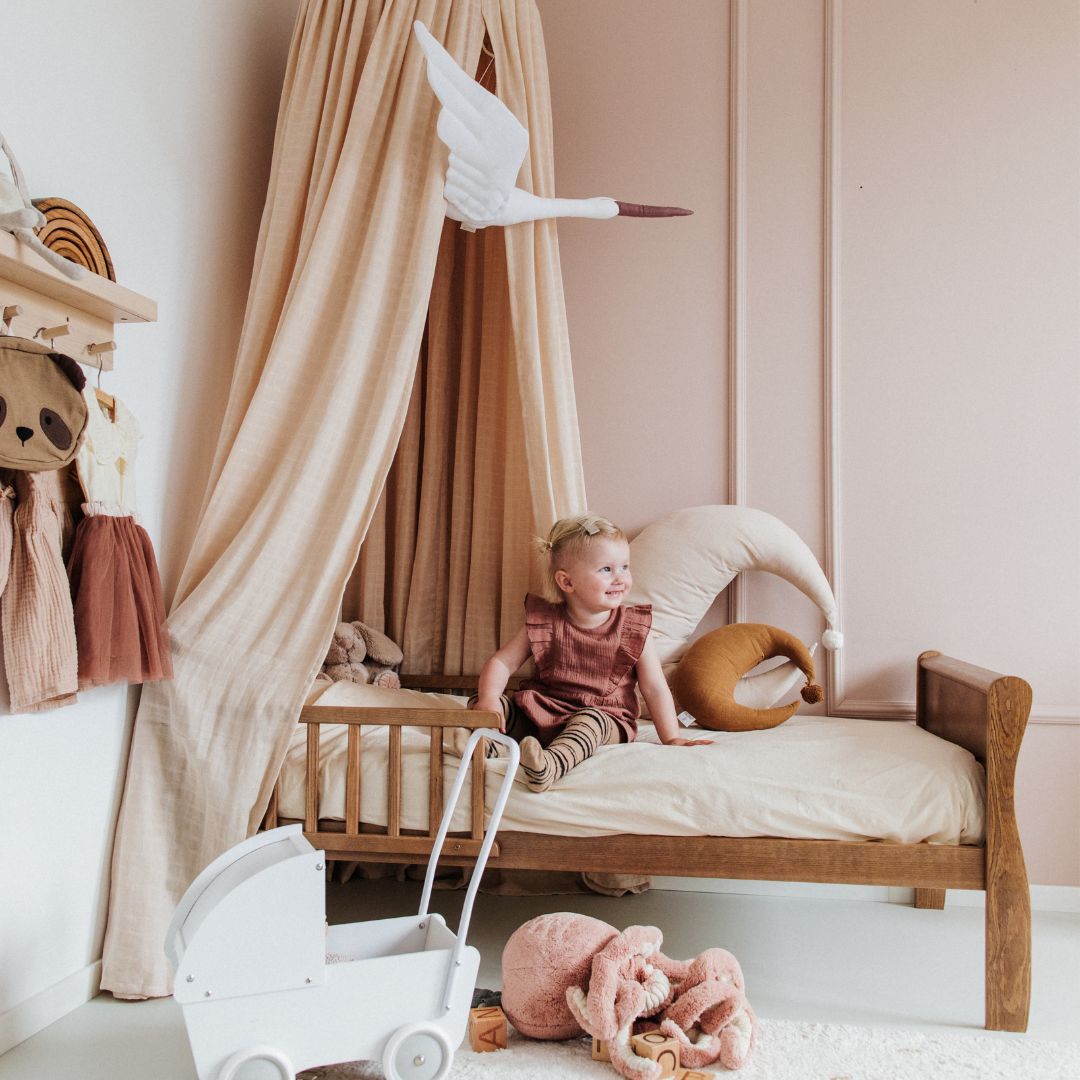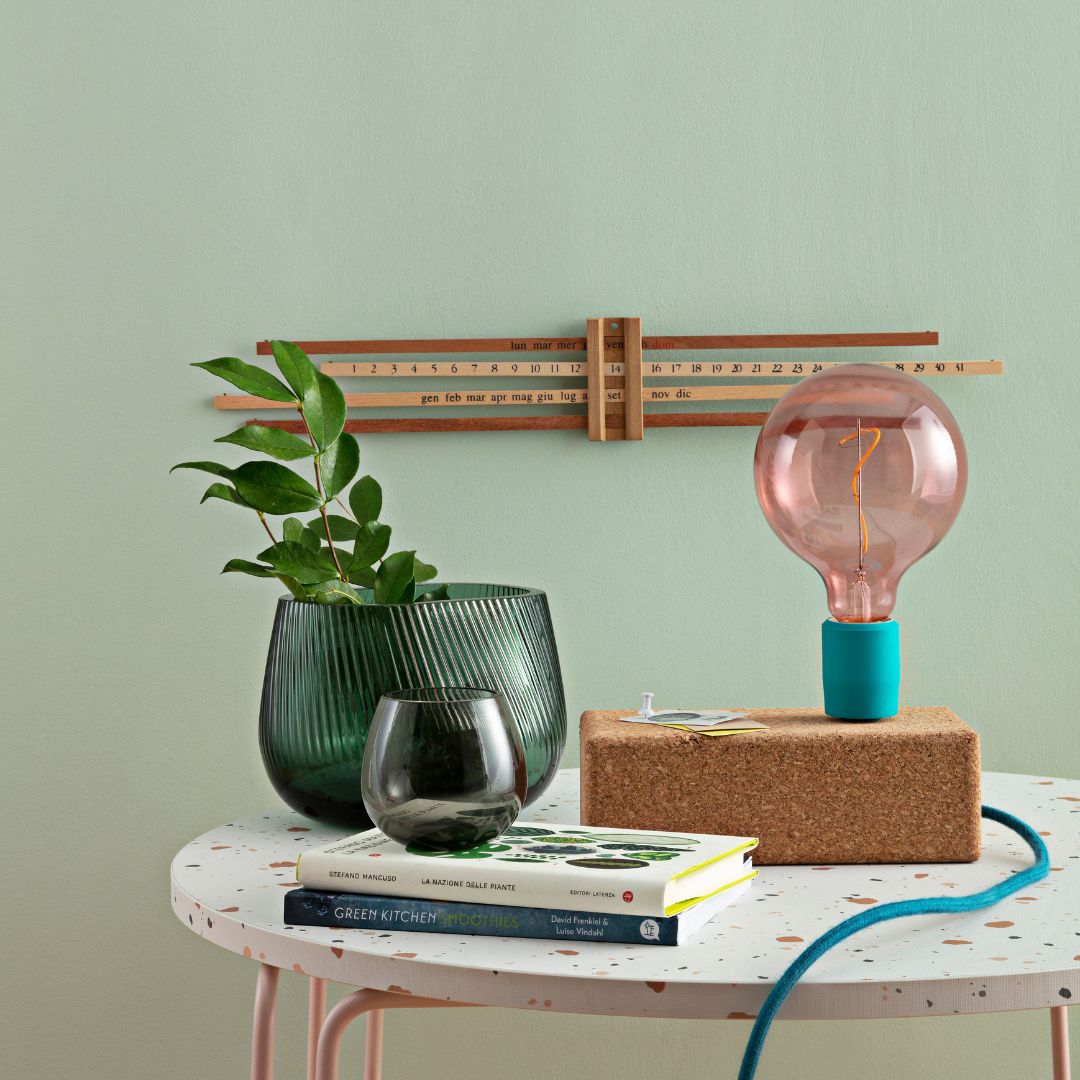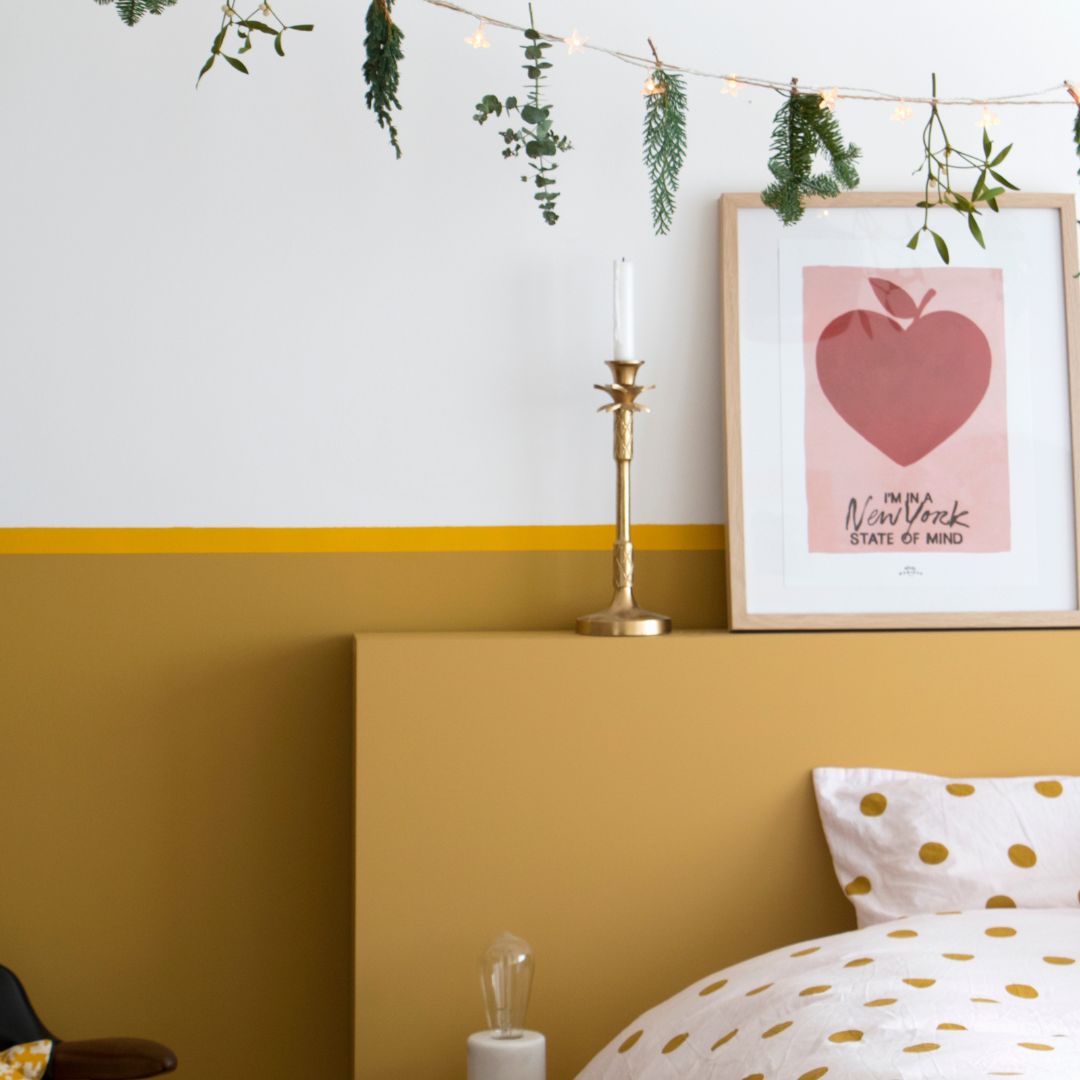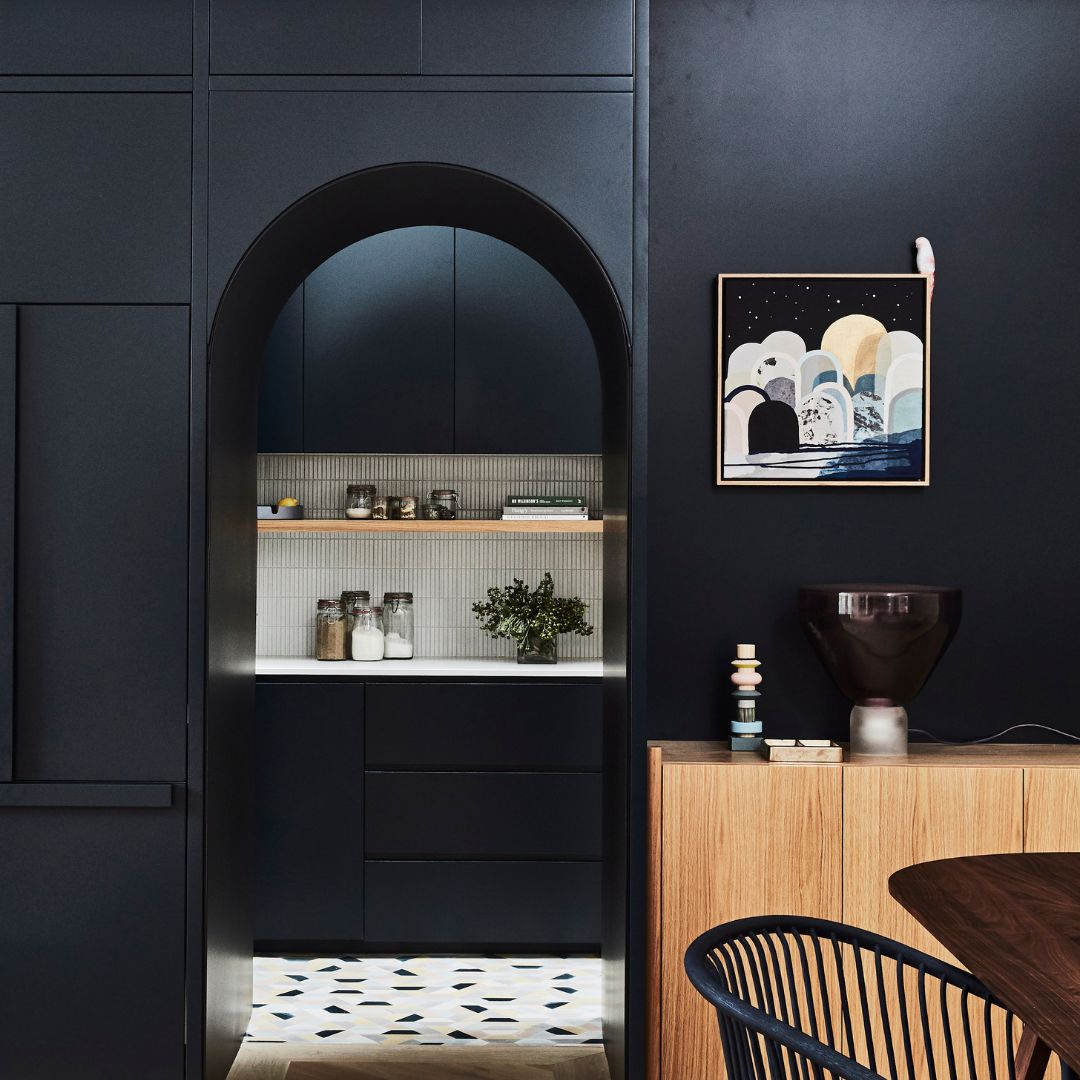The dining room, like the living room, is a central part of your home. It's a space where you eat and spend a lot of time, so decorating this room is of paramount importance!
The choice of paint for the living room and dining room is therefore important because it will have an important role in how we will perceive this room to create a friendly and harmonious atmosphere. Whether it is on the decoration of the dining room or on the characteristics of the paint to choose in this room, it is important to choose the right paint for your dining room.
We will therefore provide you with our advice for choosing the paint to implement a decoration adapted to your dining room and your living room: whether it concerns the type of paint that you are going to apply to the trendy colors that will be highlighted in your dining room.
What type of paint should you choose for dining room walls?
As mentioned in the introduction to this guide, the choice of paint in a dining room or living room is very important: because of the time we will spend there, but also because it requires choosing a paint that ticks all the boxes in a room where ease of maintenance will be required, particularly concerning tasks which will necessarily be higher than in a normal room.
Choose an eco-friendly paint
It's definitely the most natural alternative for redoing your living room or dining room. Acrylic paints are ideal for this type of use and offer real advantages: the first is their quick drying, which provides real comfort in terms of application and reduces the time spent on your work.
Its versatility also allows it to be applied to various surfaces in your dining room and living room: wood, walls, or ceilings. Not all paints are compatible with all of these uses, and it can be beneficial to have a paint that can be used on many surfaces.
The last one is the very low odor compared to other types of paint: its "water-based" composition helps regulate the odor of the paint, it is true, but it is important to keep in mind that water-based paint remains mainly composed of synthetic elements, derived from petroleum, which can be harmful to the environment and to your health.
Algo eco-friendly paints address these challenges because we offer an algae-based paint made exclusively from natural ingredients, significantly reducing VOC (volatile organic compound) emissions. Using eco-friendly paint is a safer option, especially if you have children, for whom it's important to provide the most natural space possible for their health.
We don't always think about preserving indoor air quality; you may not know it, but indoor air can be up to 10 times more polluted than outdoor air. Applying Algo paints addresses this issue.
In addition, by using Algo ecological paint you will be using a paint of the same quality as a classic paint: its yield of 12 m2 per liter and per coat, as well as its opacifying power provided by the recovery of algae, will certainly finish reassuring you on the need to use an ecological paint.
What paint finish should I use for the dining room?
Once you've decided to paint with eco-friendly paint, it's time to choose a finish. The vast majority of paint manufacturers offer conventional finishes that cover all the needs of every room in the house, whether it's classic rooms like the living room or dining room, or even more complex, wet rooms, such as the kitchen, for example.
The choice of appearance will only affect the rendering, the color will not be impacted and will be the same regardless of the finish you use.
But ultimately, what finish between matte, satin and velvet should you use in a dining room and your living room, if it's the same room?
Matte if your walls have imperfections
A matte finish can be very useful if the walls in your living room or dining room have imperfections. The matte finish doesn't reflect light, making imperfections much less visible.
This is the real advantage of matte, which is however more difficult to maintain and is much less washable than satin or even velvet paint. The washable aspect is nevertheless an important asset in a busy room such as the dining room or living room.
Satin for washability
Satin is the finish that we tend to recommend: its highly washable appearance is a real asset in terms of the durability of the paint on the wall, but also and more particularly for maintenance.
The other important aspect is of course the reflection of light which will be amplified with the use of a satin finish: the reflection of light will have the consequence of visually enlarging the interior space, which is truly a positive point.
Velvet: the trendy finish of the moment
When it comes to wall decor, velvet is becoming increasingly popular: its soft, elegant appearance is highly sought after in interiors. Washable and less shiny than satin, velvet truly has it all.
It is ultimately the happy medium between these two finishes, so all you have to do is choose the perfect finish for your interior!
Our color ideas for a kitchen
Choosing a color for your kitchen is a question that comes up quite quickly when discussing interior design: what shade should you choose between white and color? Depending on the size of the room, its exposure, its brightness, and your personal taste in colors, finding the perfect color for your interior isn't always easy.
Don't worry, we have some trendy color ideas to suggest that you're sure to fall in love with when it comes to decorating, and if the idea of applying a color to a section of wall scares you, know that you can also repaint your furniture!
Neutral shades
There's nothing negative about using neutral tones, quite the opposite: neutral tones are very popular regardless of the room in the house. On the one hand, because they are very reassuring colors, with a very limited risk-taking for the decor of your dining room, with what's more, there is a possibility of enlarging the room with the use of a light shade.
But these are also colors that, in decoration, can be used in a timeless way because these shades will remain trendy no matter what. Painting the walls of a dining room with white, beige or more generally cream tones does not seem like a bad idea.
If your dining room is too small, choosing a neutral color is the perfect alternative to keep a spacious feel in your room, since light colors will have the effect of enlarging the room.
If you find white too impersonal, there's nothing stopping you from using a beige shade with cream tones which will give your interior a slightly warmer look than white.
Warm tones
Using a warm color for your interior will introduce a warm and welcoming atmosphere: red, pink, or terracotta. They say there's no accounting for taste. So, it's up to you to choose a warm shade to cover your kitchen walls.
Trendy and warm to live in, the Madagascar terracotta in our range is the perfect color for your kitchen. You're free to pair it with other colors, such as white or black, depending on the desired look.
Bréhat Pink is also an interesting alternative for a dining room: applied to a section of wall, this soft and warm pink will liven up the space. You can pair it with white to enhance this pink even more.
Cool tones
Be careful, you should not see a cold color as a negative aspect concerning the atmosphere and style of your interior: by cold shade, we can include blues or greens which are particularly trendy shades at the moment.
Among its shades, we can mention the clematis blue color to give a soothing style to which you can associate shades of green to warm it up in your home.
In the range of green colors, canopy green or sequoia green are shades that will find their place on the walls of your dining room or living room.
Please note that depending on the cool shade you are going to use on the wall, using white in terms of association will not necessarily be recommended so as not to bathe the room in cold.
